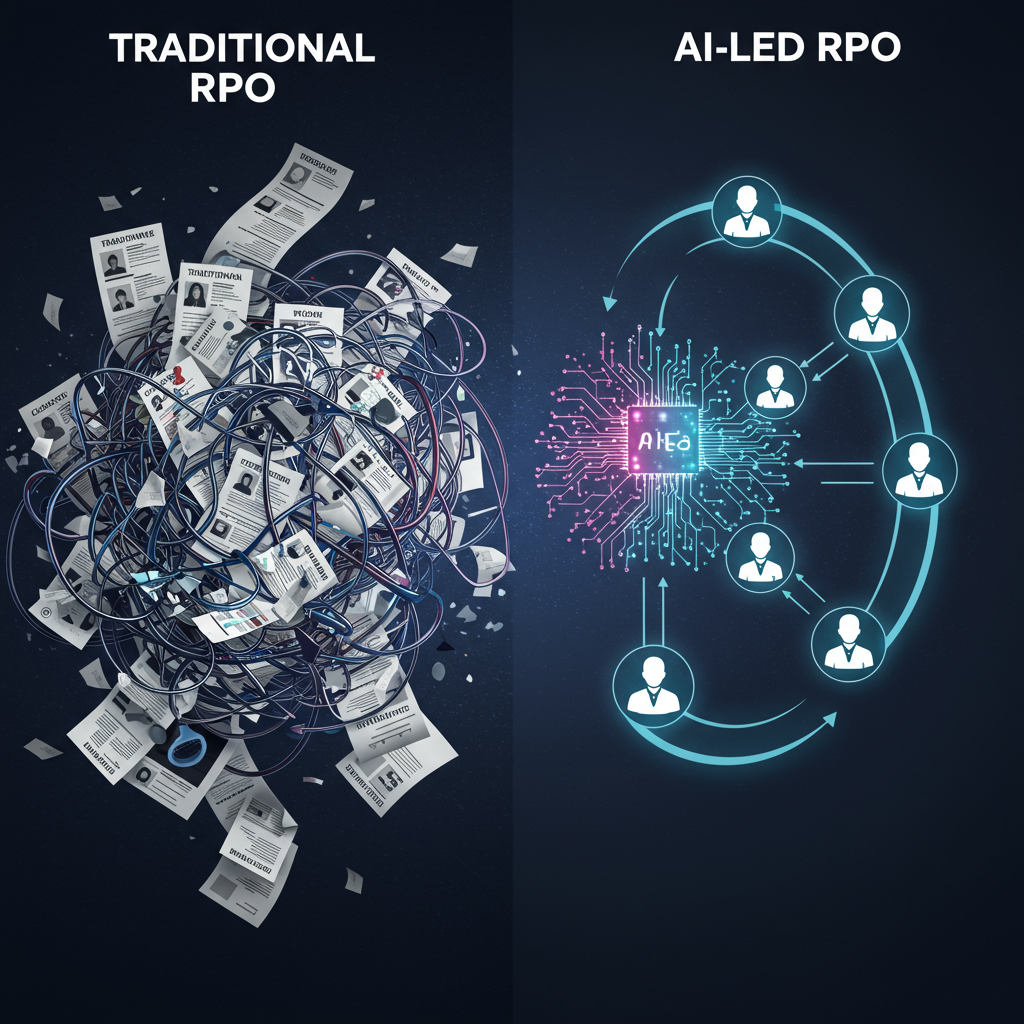Benefits of Data-Driven Recruitment To Gain a Competitive Edge

The rise of AI and machine learning has opened a treasure trove of information, and smart recruiters are using it to build high-performing teams faster and more efficiently. The ability to leverage data effectively is no longer a luxury; it's a necessity. By embracing data analytics, you can transform yourself from a recruiter into a strategic talent advisor, building a competitive advantage for your organization and securing your place at the forefront of the talent acquisition revolution.
Imagine a world where you can identify the perfect candidate, not with a lucky guess, but with laser precision. Data-driven recruitment allows you to do just that. It's about using metrics throughout the hiring process, from sourcing candidates to crafting interview questions.
Here's the magic: Analyze past successes and failures to build a recruitment model that attracts the perfect talent for your unique needs. This data-centric approach removes bias and streamlines your entire hiring funnel.
Two primary types of data that recruiters can leverage are candidate data and recruiting process data.
Candidate data encompasses all the information collected about job applicants during the recruitment process. This data helps recruiters assess the suitability of candidates for a particular role.
Components of Candidate Data include:
Recruiting process data involves metrics and analytics related to the recruitment activities and workflows. This data helps recruiters understand and improve the efficiency and effectiveness of their hiring processes.
Components of process data include:
Data analysis unlocks insights into candidate pools, talent trends, and competitor strategies. Recruiters can use this information to develop targeted hiring initiatives with a higher chance of success. Imagine needing to build an engineering team for a new office. Data analytics can pinpoint cities with the most qualified engineers, streamlining the team formation process.
Data empowers you to move beyond simply fulfilling hiring requests. By using data to source only the most relevant candidates, you can demonstrate their strategic capabilities and build stronger relationships with hiring managers. For instance, data can help refine unrealistic candidate profiles often requested by hiring managers, setting clear expectations about the available talent pool.
The true value of data is in its ability to help you reduce overhead and overall hiring costs. By tracking key metrics related to candidates and the hiring process, you can more accurately determine which channels are most effective. For example, analyzing the data might reveal that using agencies to source candidates yields suitable hires more quickly than sourcing through social media. This insight not only saves significant costs but also guides you on where to best allocate your resources for maximum efficiency.
Data empowers data-driven decision-making throughout the recruitment process. It allows you to answer critical questions about your team's performance, such as the effectiveness of diversity initiatives, time-to-offer metrics, and candidate communication efficiency. Without data analysis tools, tracking these metrics and identifying areas for improvement becomes a significant challenge.
Data and analytics tools streamline the recruitment process by automating time-consuming manual tasks. This frees up valuable recruiter time that can be better spent on strategic initiatives. Imagine needing to identify qualified candidates – data can help you reconnect with previous applicants already within your Applicant Tracking System (ATS).
The CBREX platform offers a complete overview of your hiring process through:
Get a bird’s eye view of your candidates and their status in the overall talent acquisition cycle. Take your recruitment game to the next level with actionable intelligence on your candidate pipeline and workflow, including visibility to your hiring metrics and TATs, and easily access essential dashboards and reports.
CBREX simplifies working with recruitment agencies and provides actionable insights that help you identify agency performance on key metrics such as resume quality, submission time, and selection ratio. This enables you to make data-driven decisions and save on significant costs by working with the right agencies.
In a world where competition is high and the candidate is the king, we must leverage the power of data and turn the tide. Data insights have become far more accessible with these recruitment platforms. Streamline and enhance your hiring process with this information and gain a competitive edge by taking informed decisions.








